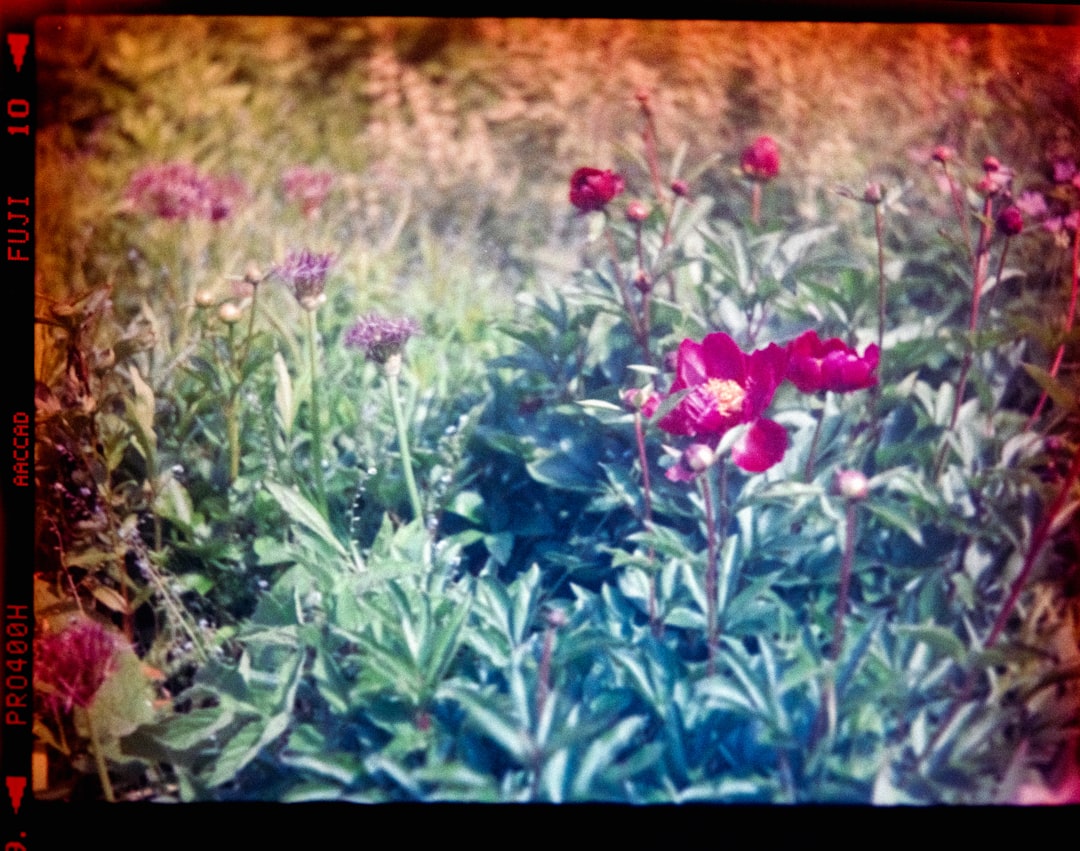Edible gardening has become a popular trend in recent years, not only for the joy of growing your own food but also for the economic and environmental benefits it offers. One of the most interesting and practical aspects of edible gardening is the ability to regrow vegetables from scraps. In this guide, we'll focus on how to regrow celery from scraps, a simple yet effective way to save money and reduce food waste.
Celery is a versatile vegetable that is widely used in various cuisines around the world. It's rich in vitamins, minerals, and dietary fiber, making it a healthy addition to any diet. However, most of us only use the stalks of the celery and discard the base, which is a pity because the base can be used to grow a new celery plant.
Why Regrow Celery from Scraps?
There are several reasons why you should consider regrowing celery from scraps. First and foremost, it's a cost - effective way to get more celery. Instead of buying a new bunch of celery every time you need it, you can simply regrow it from the scraps you already have. This can save you a significant amount of money in the long run.
Secondly, regrowing celery from scraps helps to reduce food waste. According to statistics, a large amount of food is wasted every year, and this has a negative impact on the environment. By regrowing celery from scraps, you're giving the discarded part of the vegetable a second life and contributing to a more sustainable lifestyle.
Finally, it's a fun and educational activity. Whether you're a seasoned gardener or a beginner, regrowing celery from scraps can be a rewarding experience. It allows you to observe the growth process of a plant up close and learn about the different stages of plant development.
Materials Needed
Before you start regrowing celery from scraps, you'll need to gather a few materials. Here's what you'll need:
- A celery base: Make sure to choose a fresh celery base with healthy - looking roots.
- A shallow dish or container: This will be used to hold the celery base and water.
- Water: You'll need clean, fresh water to keep the celery base hydrated.
- Sunlight: Celery needs plenty of sunlight to grow, so choose a sunny spot in your home or garden.
The Regrowing Process
Now that you have all the materials, it's time to start the regrowing process. Here are the steps:
- Prepare the celery base: Cut the celery stalks about 2 - 3 inches from the base. Make sure to leave the roots intact. Rinse the base under running water to remove any dirt or debris.
- Place the base in water: Fill a shallow dish or container with about an inch of water. Place the celery base in the water, with the cut side facing up. Make sure the roots are submerged in the water.
- Provide sunlight: Place the dish in a sunny spot, such as a windowsill. Celery needs at least 6 hours of sunlight per day to grow properly.
- Change the water regularly: Every 2 - 3 days, change the water in the dish to keep it fresh and prevent the growth of bacteria. You'll start to notice new growth within a few days.
- Transfer to soil: Once the new growth is about 2 - 3 inches tall, it's time to transfer the celery base to soil. Choose a pot or a garden bed with well - drained soil. Dig a small hole in the soil and place the celery base in the hole, covering the roots with soil. Water the plant thoroughly.
- Care for the plant: Keep the soil moist but not waterlogged. Fertilize the plant every few weeks with a balanced fertilizer. As the plant grows, you can start harvesting the outer stalks as needed.
Troubleshooting
Sometimes, you may encounter some problems when regrowing celery from scraps. Here are some common issues and how to solve them:
- No new growth: If you don't see any new growth after a week or two, it could be because the celery base is not getting enough sunlight or the water is not fresh. Make sure to provide enough sunlight and change the water regularly.
- Yellowing leaves: Yellowing leaves could be a sign of over - watering or a nutrient deficiency. Check the soil moisture and adjust your watering schedule accordingly. You may also need to fertilize the plant.
- Pest problems: Celery can be susceptible to pests such as aphids and slugs. If you notice any pests on your plant, you can use natural pest control methods such as neem oil or diatomaceous earth to get rid of them.
In conclusion, regrowing celery from scraps is a simple, cost - effective, and environmentally friendly way to enjoy fresh celery. By following the steps outlined in this guide, you can easily grow your own celery at home and contribute to a more sustainable lifestyle. So, the next time you buy a bunch of celery, don't throw away the base - give it a second life and watch it grow!

